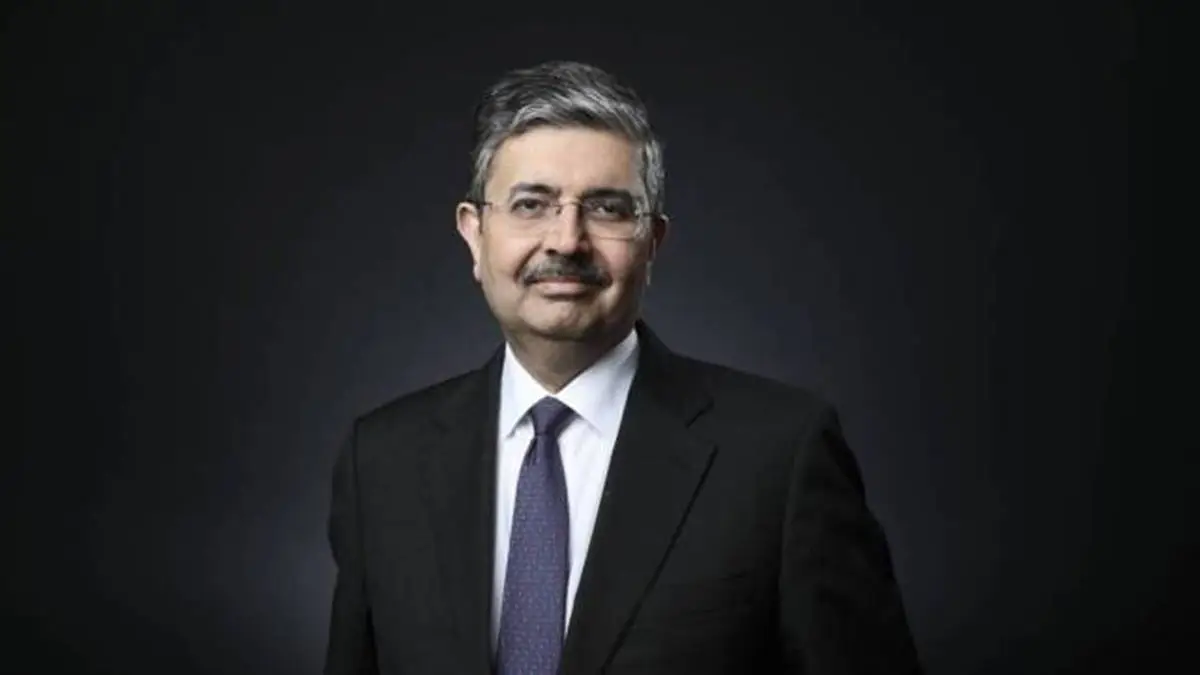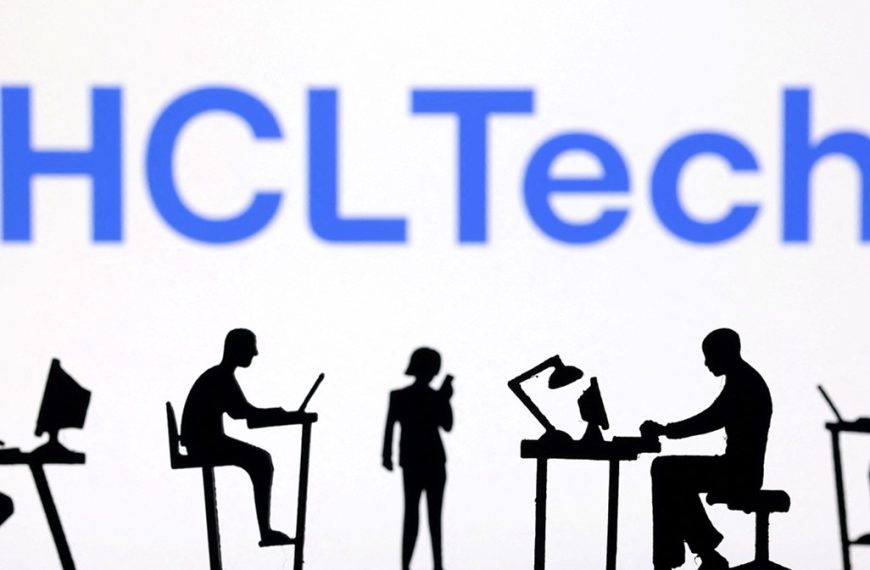On Monday, gold prices in India soared past the Rs 1 lakh mark for every 10 grams, sparking a wave of commentary from financial experts. Among them was Uday Kotak, the esteemed founder and director of Kotak Mahindra Bank, who praised Indian homemakers for their financial acumen, calling them the “smartest fund managers in the world.” His remarks, shared on social media platform X (formerly Twitter), ignited a lively debate about the factors behind gold’s enduring appeal in the country.
Gold Prices and Market Trends
As we approach Akshaya Tritiya, a festival celebrated for its auspiciousness in buying gold, Kotak’s insights prompted discussions about the reasons behind gold’s popularity. He emphasized that the historical performance of gold illustrates the savvy nature of Indian housewives in managing wealth. While some agreed, others cautioned against attributing gold’s success solely to instinct. A notable response highlighted the importance of financial literacy alongside intuitive decision-making.
- Current Gold Prices:
- 24-carat gold: Rs 98,420 per 10 grams
- 22-carat gold: Rs 90,150 per 10 grams
- Internationally, gold futures are trading at around $3,484.70 per ounce.
Factors Driving Gold Demand
Gold prices have surged by over 26% in 2025, driven by several global dynamics. Key elements contributing to this rise include:
- Ongoing trade tensions
- Concerns over a potential US recession
- Increased purchases by central banks, especially in China
- Anticipated interest rate cuts by the US Federal Reserve
According to financial analysts at Goldman Sachs, gold could reach $3,700 per ounce by the end of the year, with a high-risk scenario suggesting it might even hit $4,500.
The Wealth of Indian Women
A recent report by the World Gold Council reveals that Indian women collectively possess an astonishing 24,000 to 25,000 tonnes of gold, representing nearly 11% of the world’s gold in jewelry form. This remarkable figure surpasses the total official gold reserves of the five leading gold-holding nations, including the United States, Germany, Italy, France, and Russia.
In summary, as Indian gold prices continue to climb and cultural significance endures, the dialogue surrounding its value reflects a blend of tradition, instinct, and the necessity for enhanced financial education. This combination positions Indian homemakers not just as passive participants, but as informed investors in a precious commodity.











